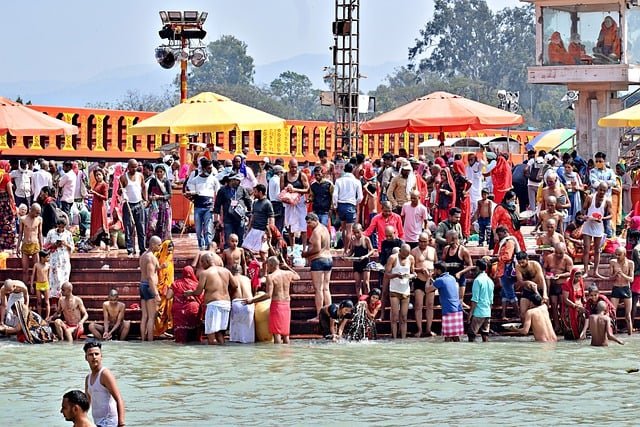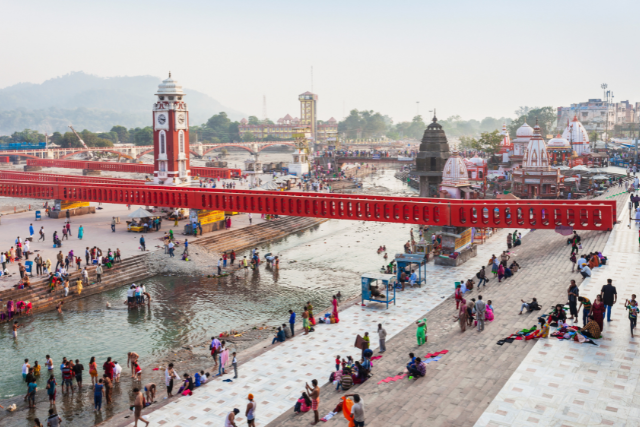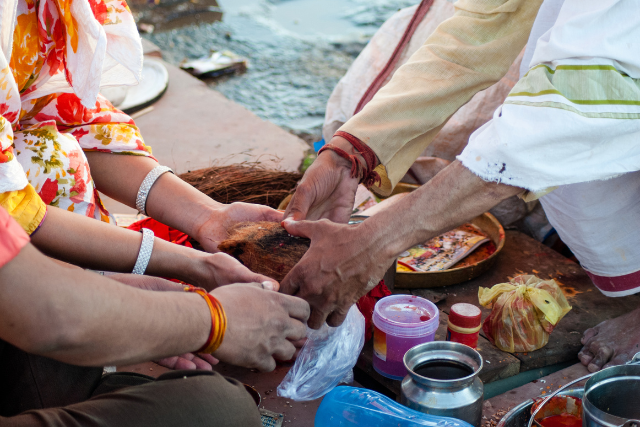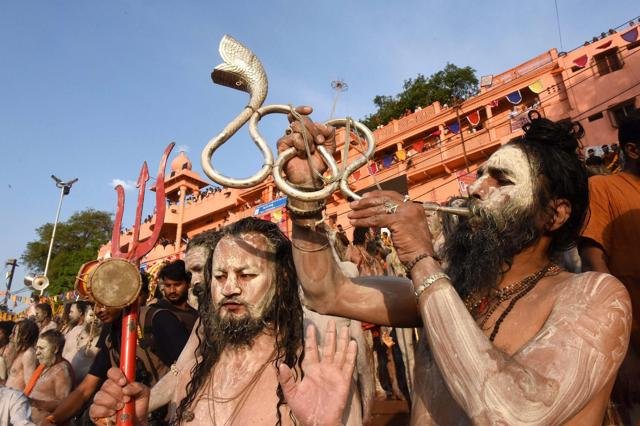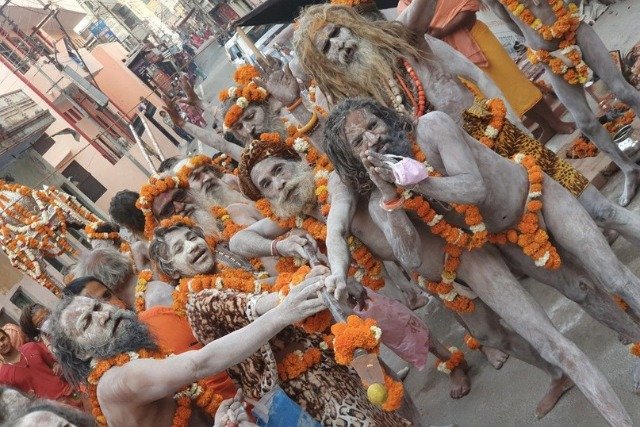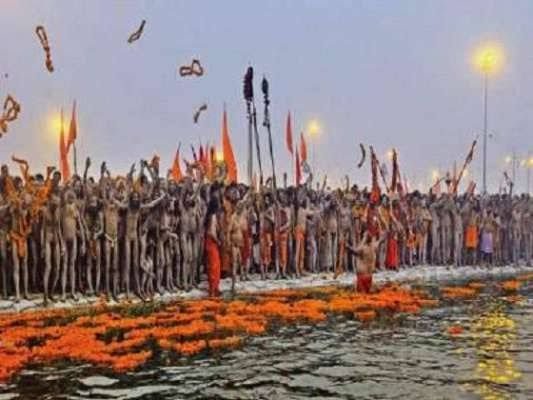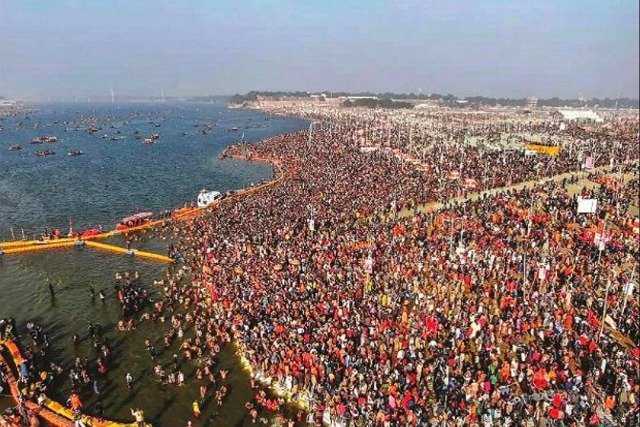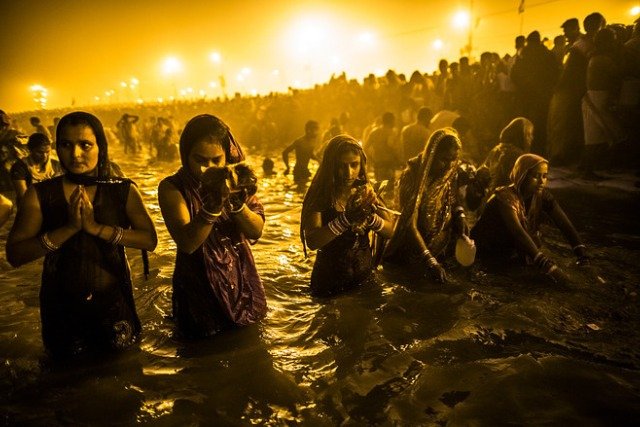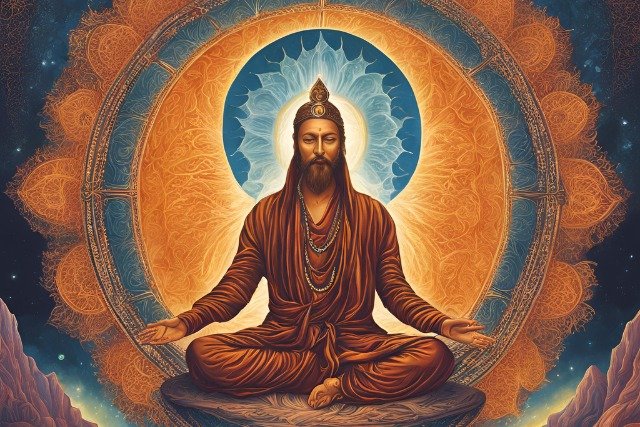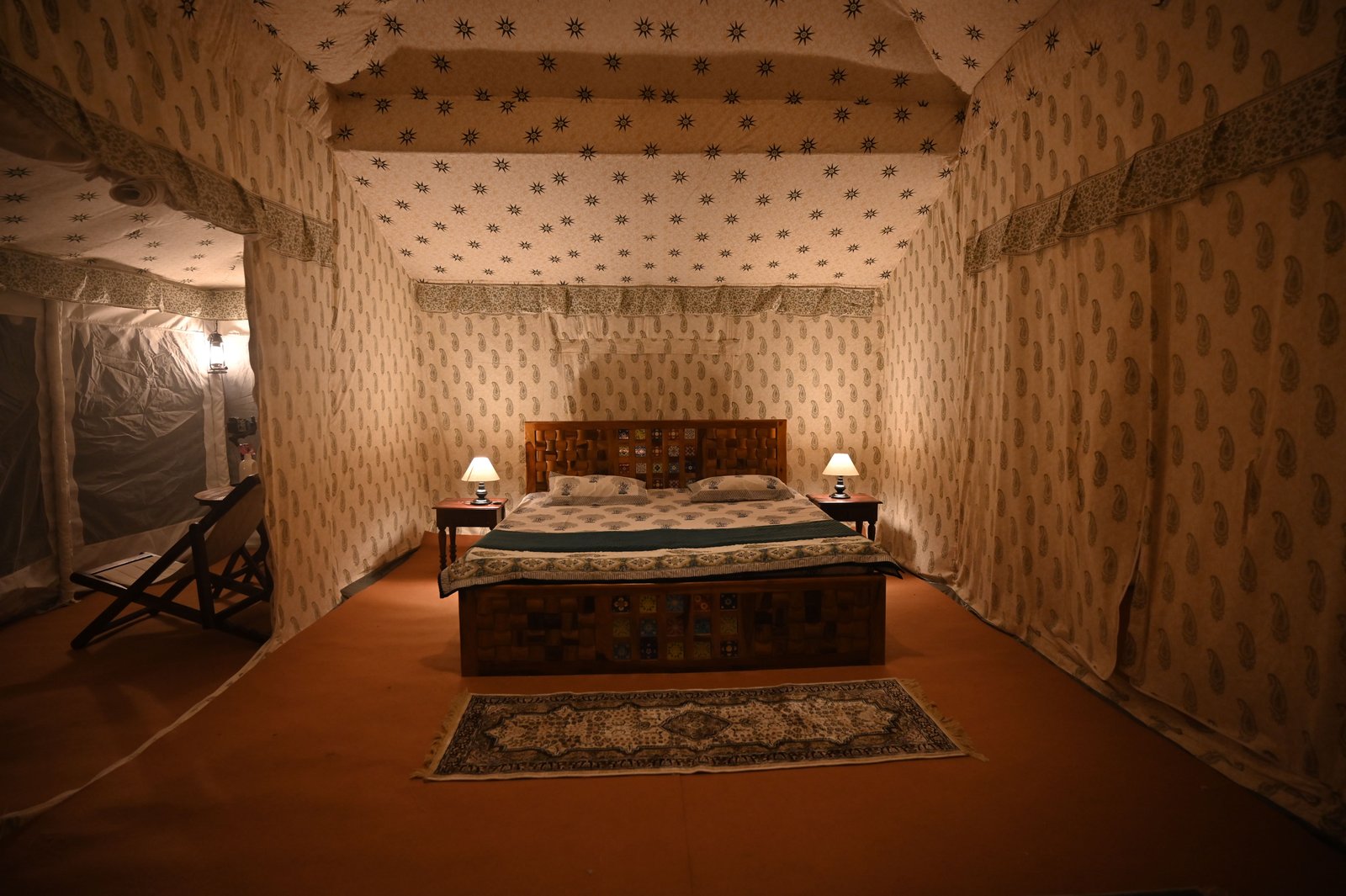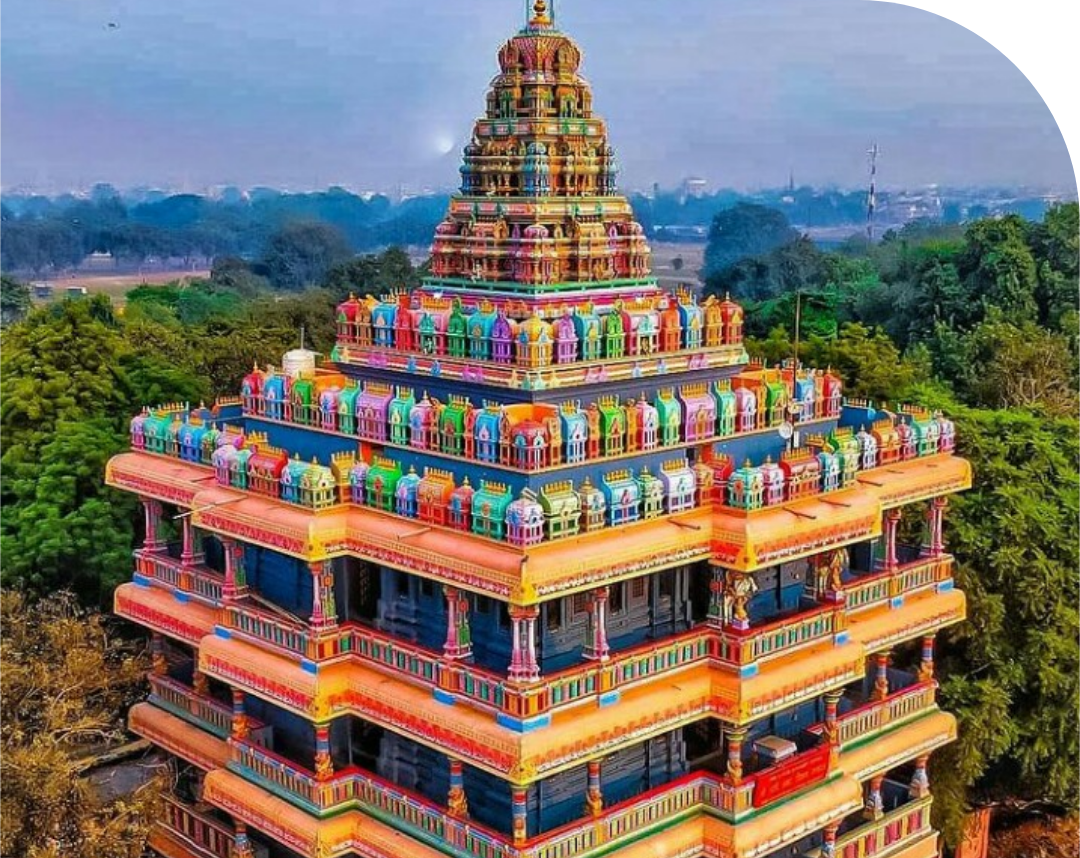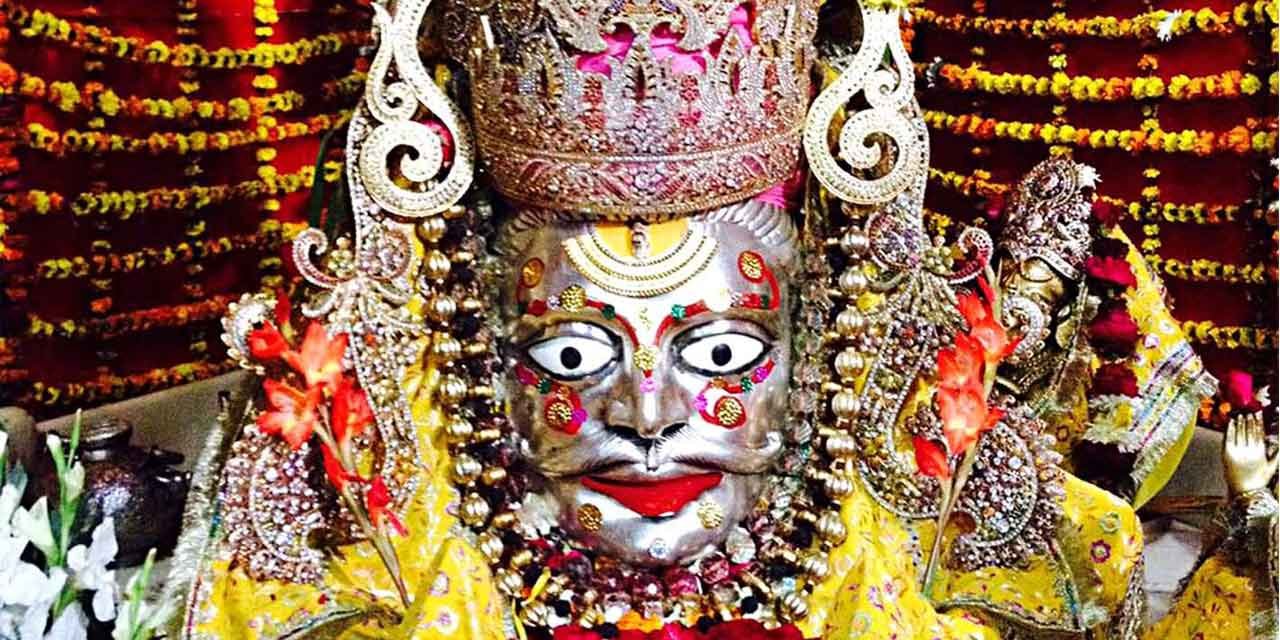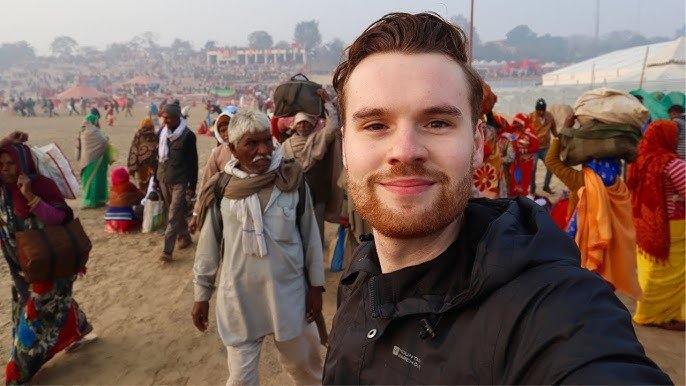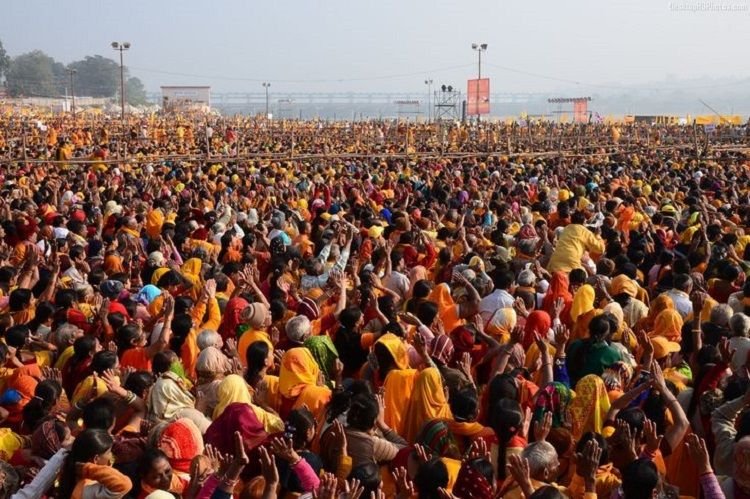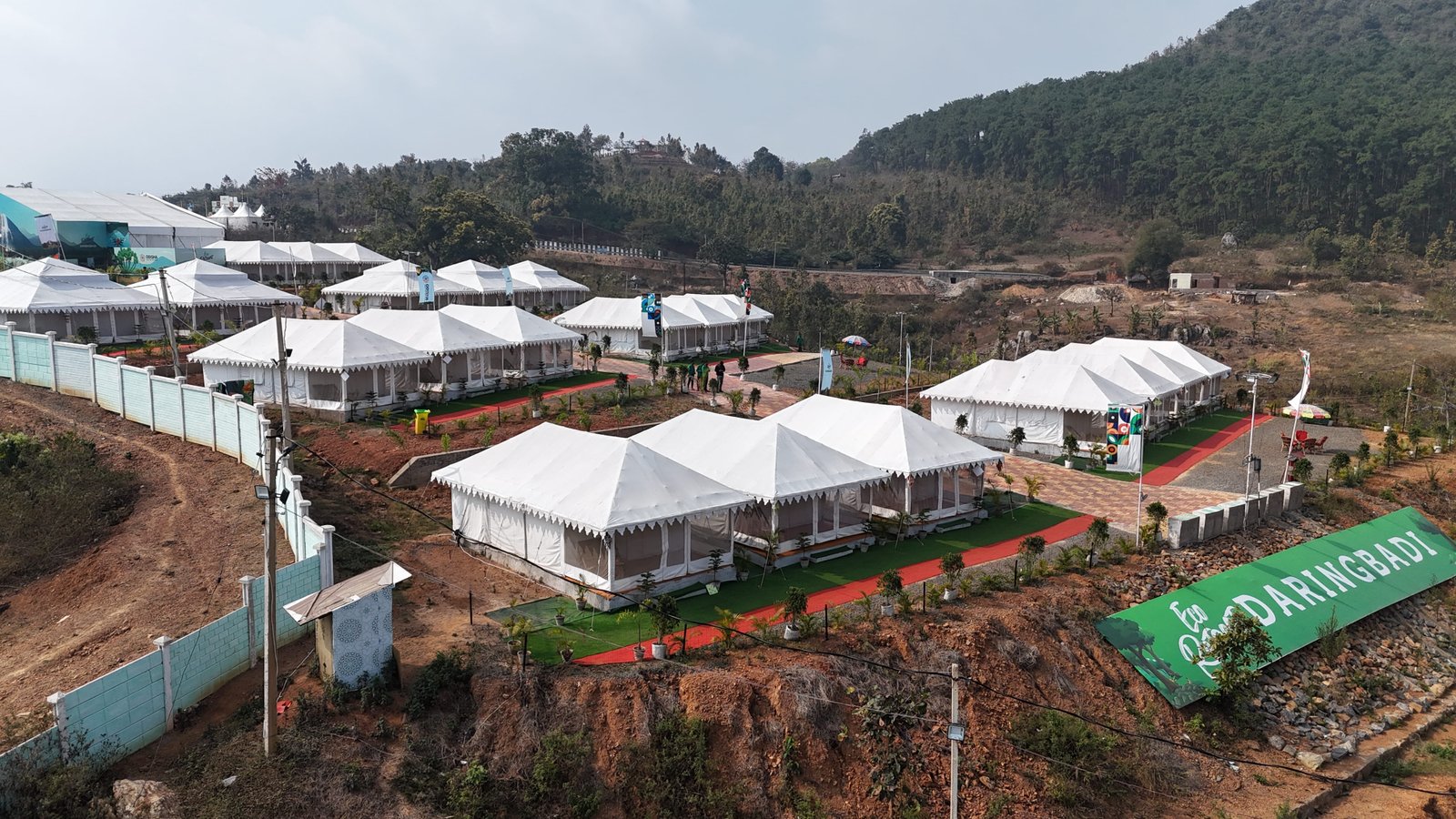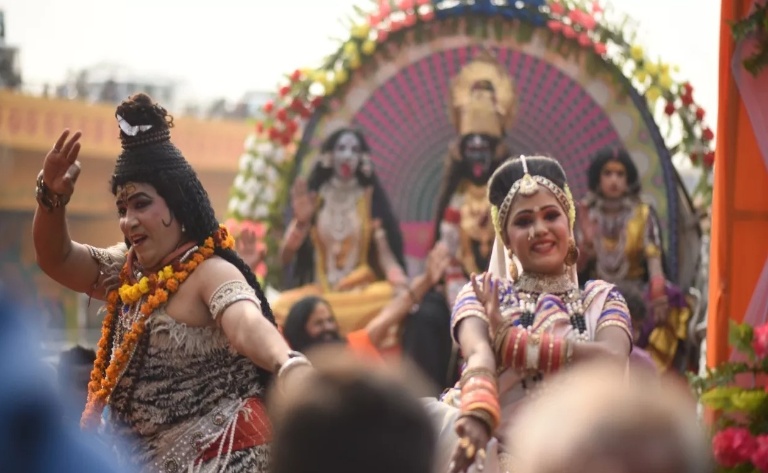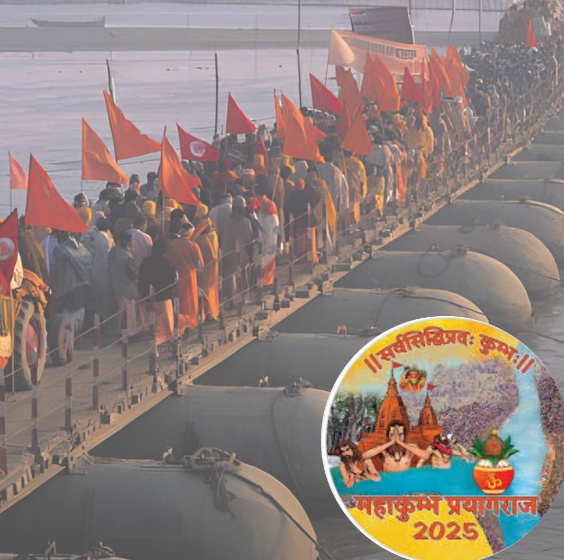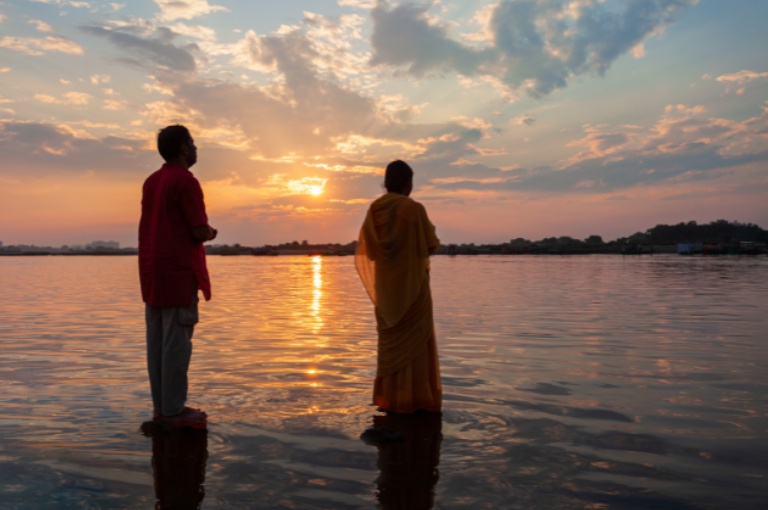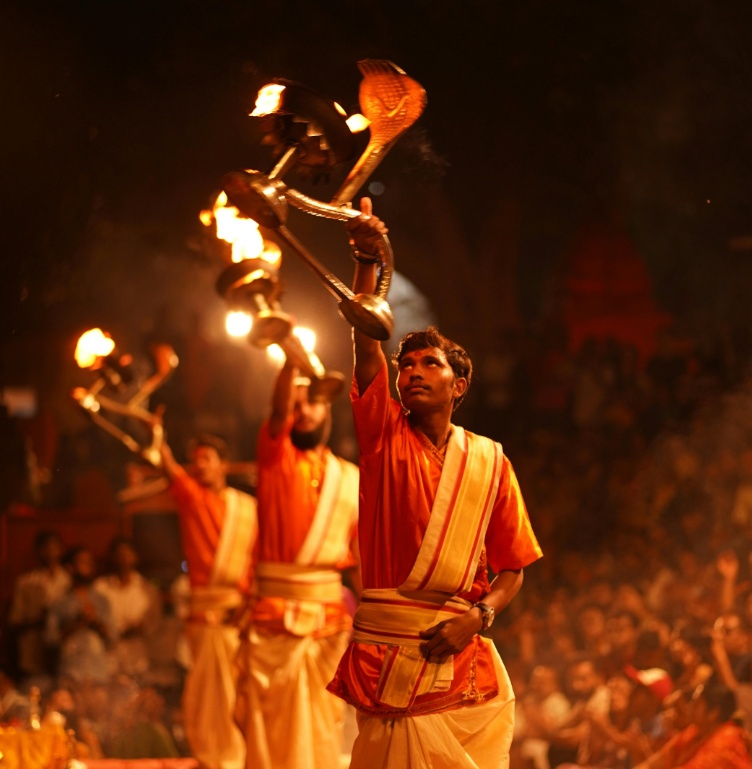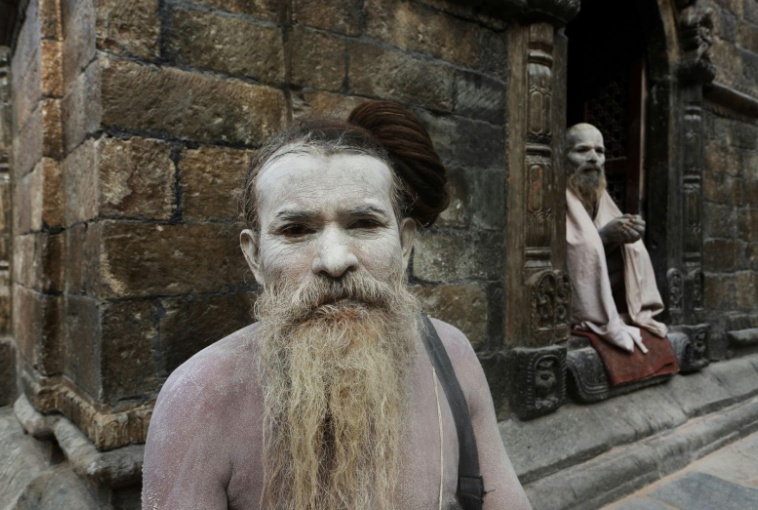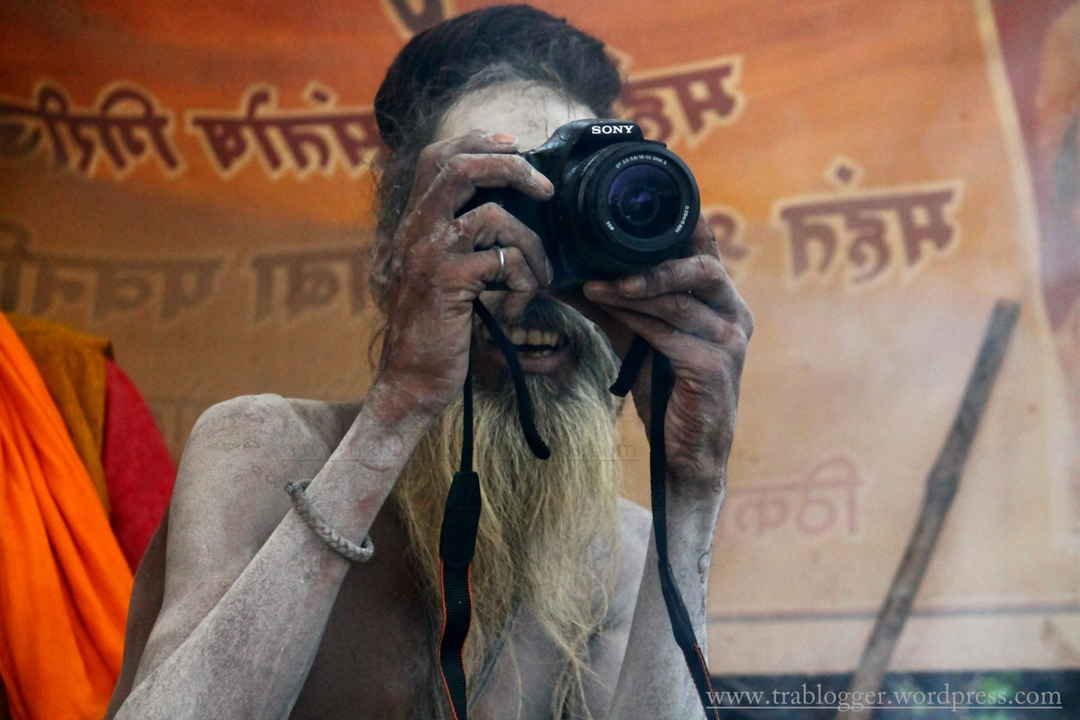
Author : Admin
Mahakumbh Mela is one of the oldest, largest, and most vibrant spiritual gatherings in the world. The festival attracts more than 100 million pilgrims over a period of one month. In this blog, we bring to you the pro tips curated from the very best in the business of photography so that you can capture the essence of Mahakumbh in Prayagraj 2025 in all its glory..
1. Choosing the Right Equipment
Get ready to shoot the perfect frame by having the right kind of gear, to begin with. Build your outfit as in your camera as an extension of your creative self and therefore invest in it so as to make it a comfortable companion for yourself. Even though you get to create a lot of frames of the ever-dynamic faces in the crowd, it makes a lot of difference if you invest in good equipment to get the spectacular story of Mahakumbh Mela in all its glory.
For Photography:Digital Single Lens Reflex (DSLR) and Mirrorless Cameras: Always aim for the highest resolution available with good low-light performance. Television and film are shot at about 8000 ISO, thus choose cameras with good dynamic range and versatility in photography and videography.
Gears: A wide-angle lens and a telephoto lens can help you to cover the Akharas and Sadhus up close and personally. For this pack a wide-angle lens and a telephoto lens to cover bclose-up details. A wide-angle 16-35mm lens plus a telephoto 70-200mm could work well in the serene setting of the Mahakumbh.
For Videography:
4K Cameras: Choose cameras capable of recording in high resolution for crisp, and clear videos. Use a gimbal to keep your footage smooth and professional. Use an external mic to get the essence of the massive crowd and to enhance the audio quality.
Pro tip: When in doubt, shoot many bracketed exposures in raw, to maximize your ability to match and blend them in post-processing.
Also Check: - Allahabad kumbh mela 2025
2. Mastering Camera Settings
The first point will set the pace for your future photographic endeavors. If you are all ready, then let’s look at your settings: a camera’s settings are akin to its secret sauce to scrumptious photography. A photo is only as good as the settings you use. Whether it’s day or night, if you know how to play with the shutter speed, your camera’s aperture and your ISO (sensitivity to light), you can freeze the jet of holy water mid-air, make drops of honey look like diamonds or use dusklight to create a glorious symmetry of a thousand diyas. Experiment, experiment, experiment. Find that sweet spot when your photos look great.
For Photography:
Shutter speed: Use fast speeds for daytime action shots and imagery and slow speeds for recording the ambiance of night scenes. Set the fast shutter speed to ‘freeze’ motion, which is quite handy in the hustle and bustle of bathing rites. Slow shutter speed (which permits the camera to capture ambient light over an extended period of time) – around 1/30s – to record the ambiance of diyas lit at night.
Aperture–Wide apertures are useful for night shots, allow more light, and will give a shallow depth of field. Narrow apertures are more useful during the day and will keep your scene sharp, esp for landscape shots.
Pro tip: Keep the ISO low (100-400) by day to minimize noise, and bump it up (800-3200) at night when needed, but be mindful of granularity.
For Videography:
Frame Rate: Shoot at 24fps for a cinematic look, or 60fps for smoother motion.
Resolution: Record in the highest resolution your camera supports for those crystal clear videos and moments.
Pro tip: You can then lock those exposure settings and set manual focus, too. That way, others will be able to use the footage you shared on their own devices without you losing creative control over how that footage looks.
3. Shooting in Challenging Conditions
Sensory overload — the Mahakumbh Mela is plenty of that. You just need to know how to be ready for it. Remember, it’s dust, ashes, and crowds and endless swarming crowds at that!
For Photography:
When photographing dust use stronglights to pick up the dust particles in the air and create dramatic effects. Use a 300-watt halogen light to emulate the effect of sunlight.
Use UV filters: They help prevent dust and ashes from getting on your lens and keep your lens clean. Pick a focus and stand close to it while keeping your subject in the center of the frame when shooting in a crowded place.
Intelligent use of Lens: Use a wide-angle lens stand back, and blur the background for some deep spiritual photographs at the MahaKumbh! Use the telephoto lenses – they compress the background and find high-up positions to shoot from.
Pro tip: Angle the halogen light into the camera lens and turn it to black and white in post-processing. Thank us later!
For Videography:
Keep yourself steady in the bustle by using a gimbal to mount your GoPro and start the tape. Your ambient sounds will add a powerful sense of realism.
Pro tip: Always remember to protect your mic with a windscreen.
Also Check: - Shaiva Akharas
4. Night Photography Techniques
The Maha Kumbh Mela is bustling even after the setting of the sun. Shooting fresh night photos after dusk by prepping up for the entirely new zone. Although there are a few points in terms of the adjustment of your mind’s eye and the hands, night photography unlocks a completely new level of game for an avid photographer. The magic, however, doesn’t completely cease if you obey the basic rules and allow some accidental randomness. Fix your long exposures blindly, experiment with the light and shadows and you won’t regret it!
For Photography:
Long exposure: Use a tripod and extend your exposure to the ambient light. Ask the subjects to stop moving so they maintain a sharp focus throughout.
Manual Focus: Having manual focus and being able to use focus peaking is a benefit, allowing sharpness in low light to be confirmed, as well as aiding you in better controlling the camera for low light focusing.
Pro tip: Be aware of the depth of field when shooting with wide apertures, even the slightest movement can create blur. Most importantly, roll with the randomness of night shooting for unexpected, extraordinary effects.
For Videography:
Low Light: Use lenses with wide apertures to capture more light and reduce noise.
Pro tip: Utilize available light sources and bring portable LED lights for additional illumination.
Also Check: - Rituals at Kumbh Mela
5. Drone Photography Tips
Nothing can match the aerial, birds-eye-view you’ll get from a drone. You’ll have a perspective no one else at the festival sees, and you’ll be able to capture great images that reveal the scale and scope of the event. Avoid collisions with other drones by preparing yourself in advance To maximize the chances of getting the shots you want from a drone, be sure to plan your photo shoots well before the festival begins. This includes scouted launch-and-landing locations, as well as the best moments to capture in the sky.
For Photography:
Golden Hours: Shoot during early mornings or late evenings to capture the for soft, dramatic lighting and serenity of the mornings. The crowd will be less and you can capture the Ganga in all its glory from the banks. Utilize natural elements like rivers or pathways to guide the viewer’s eye. Look for repetitive patterns and symmetrical compositions for visually pleasing shots.
Rule of 3: To create memorable, emotionally powerful images, add people, action, or both. How to achieve it? Layering your shots over the grid overlay in your drone’s app creates a balanced image.
Pro tip: In burst mode, you can take a series of images and combine them in post-processing to reduce noise. Capture a high dynamic range scene by combining multiple exposures.
Also Check: - Pushkar-Fair
For Videography:
Smooth Movements: Practice smooth, cinematic drone movements to capture the event’s grandeur. Start with wide shots, or wide 'establishing' shots, then move to closer shots for details.
Battery Management: Bring extra batteries and plan your flights to maximize recording time. A couple of spare batteries can be essential in case your drone battery runs short. Bring an extra battery or two to make sure you don’t miss out on taking any shots.
Pro Tip: Always fly drones safely, respecting local regulations and the privacy of attendees.
By following these professional tips, you can capture images and videos of Mahakumbh Mela in a way that echoes the captivating visual experience of the event, with the soul of local people.
Let theMahakumbh Mela make your images vibrant with spiritual and human energy! Have fun while shooting, experiment with your shots, but most of all, have as much fun as possible!
To add more comfort to this journey, Eracamps expands into a hospitality pavilion with air-conditioned tents that enable photography enthusiasts or curious visitors to retouch, edit, and finalize their photographs and videos in the tranquil surroundings of a revamped tent with all the facilities at your fingertips. Take a moment to power rest after a full day of shoots or preview your footage, you are assured of a memorable stay. Now go ahead, and prepare for an unforgettable visit to Mahakumbh Mela.
So if you want to focus on taking amazing shots that truly connect, have a serene stay by booking your luxurious tent with Shivadya by Eracamps today and elevate your journey! Happy shooting!


